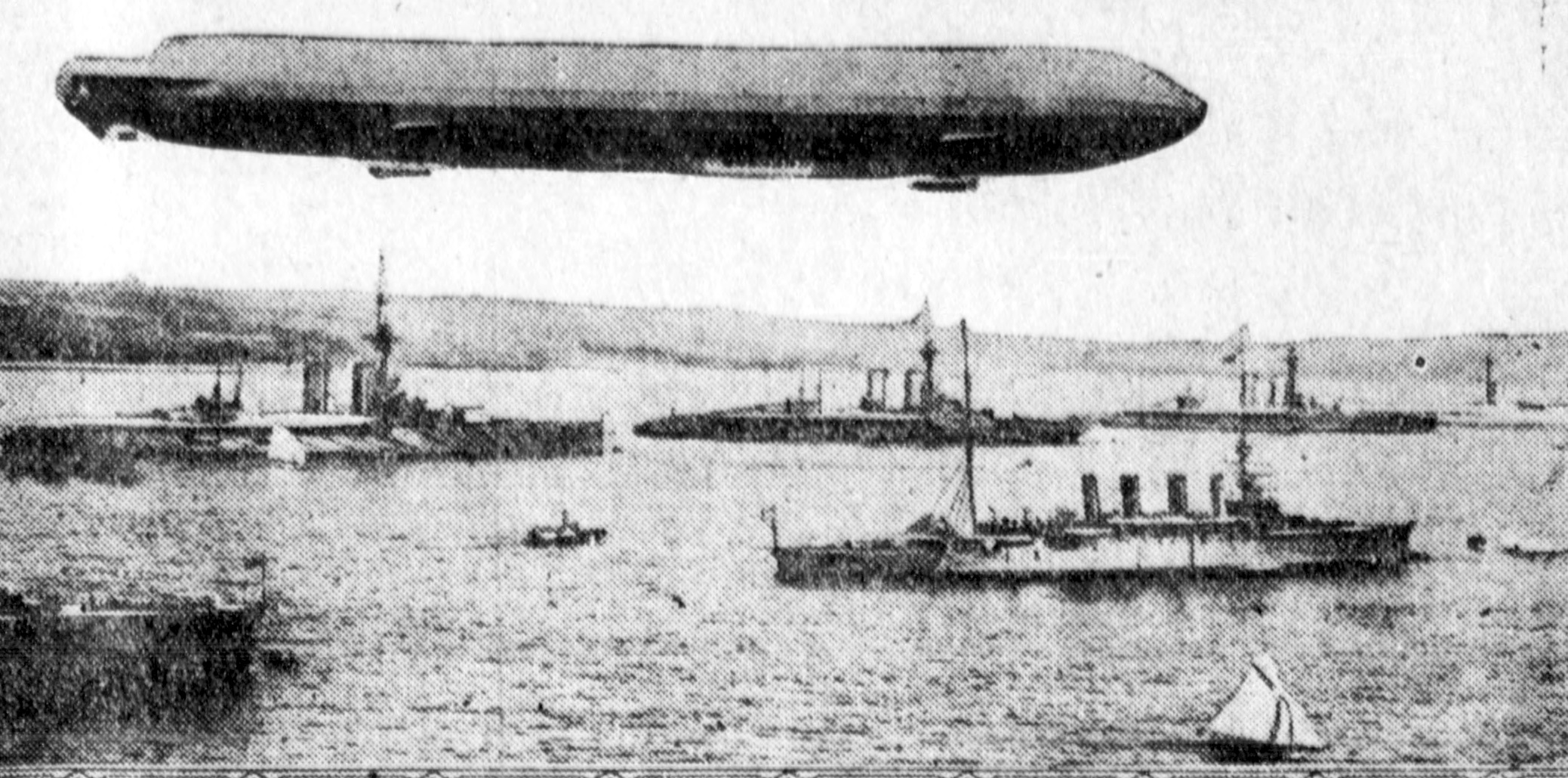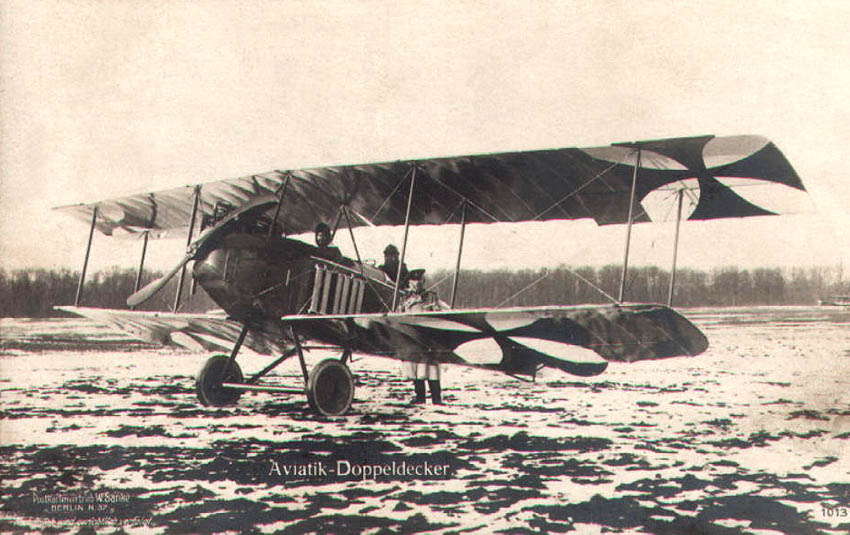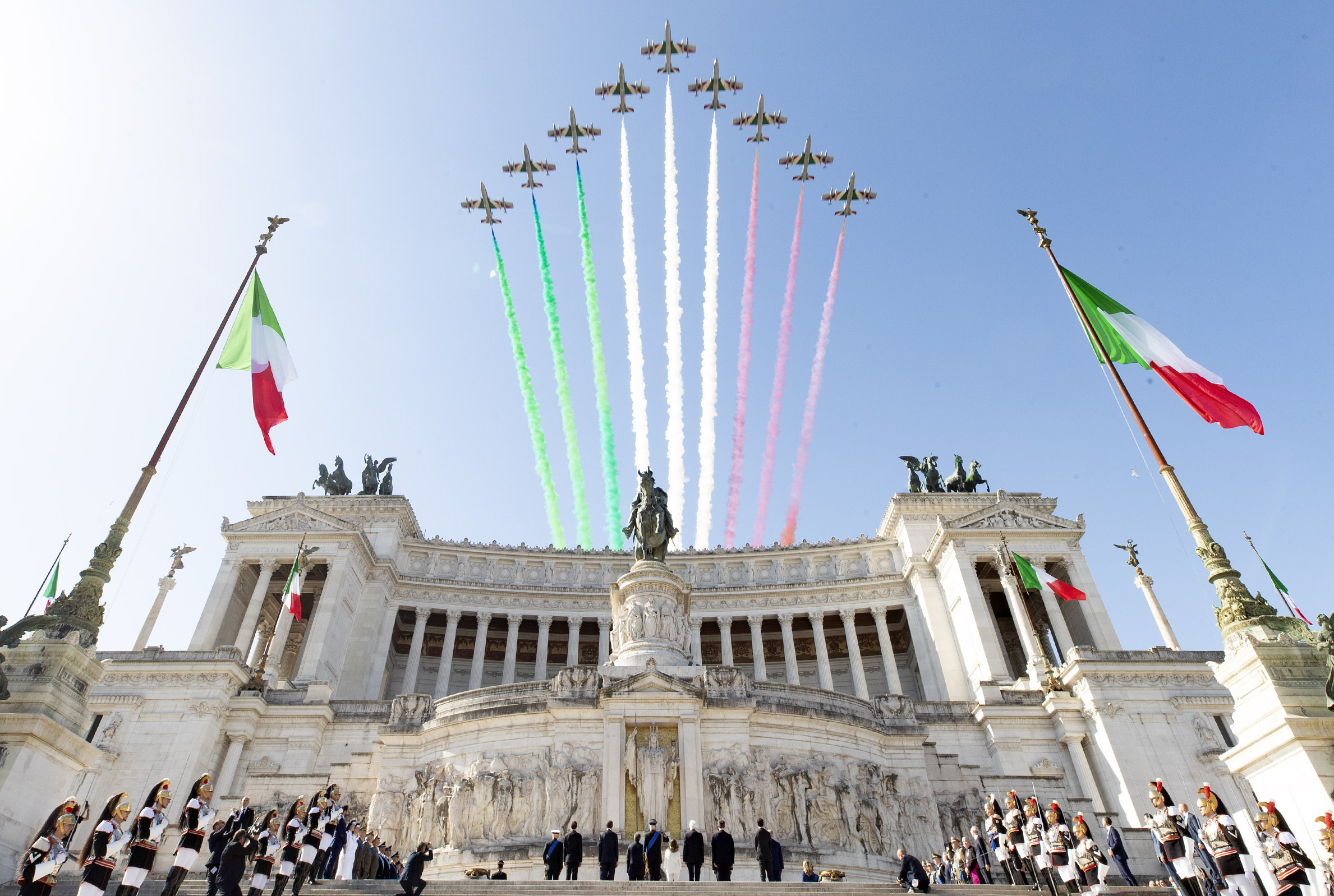|
1914 In Aviation
This is a list of aviation-related events from 1914. The outbreak of World War I accelerates all aspects of aviation which in turn changes war in a twofold way. The aeroplane turns the sky into a new battlefield and eliminates the distinction between frontline and hinterland, with the civilian population far behind the frontline also becoming a target. The war results in the deaths of approximately 20,000 flyers, most of them trained pilots. Events * The Austro-Hungarian Navy formally creates an air arm.Layman 1989, p. 13. * Fiat establishes its '' Società Italiana Aviazione'' subsidiary, beginning its involvement in the manufacture of aircraft.Chant, Chris 2000, p. 48. * The Yokosuka Naval Arsenal begins to produce seaplanes, the first manufacture of naval aircraft in Japan.Peattie 2001, p. 23. * The Aeromarine Plane and Motor Company is founded in Keyport, New Jersey, with Inglis M. Uppercu as president. January * 1 January **The Naval Wing of the Royal Flying Corps is ... [...More Info...] [...Related Items...] OR: [Wikipedia] [Google] [Baidu] |
Airline
An airline is a company that provides civil aviation, air transport services for traveling passengers or freight (cargo). Airlines use aircraft to supply these services and may form partnerships or Airline alliance, alliances with other airlines for codeshare agreements, in which they both offer and operate the same flight. Generally, airline companies are recognized with an Air operator's certificate, air operating certificate or license issued by a governmental aviation body. Airlines may be scheduled or Air charter, charter operators. The List of airlines by foundation date, first airline was the German airship company DELAG, founded on November 16, 1909. The four oldest non-airship airlines that still exist are the Netherlands' KLM (1919), Colombia's Avianca (1919), Australia's Qantas (1920) and the Russian Aeroflot (1923). Airline ownership has seen a shift from mostly personal ownership until the 1930s to government-ownership of major airlines from the 1940s to 1980s and b ... [...More Info...] [...Related Items...] OR: [Wikipedia] [Google] [Baidu] |
Mulhouse
Mulhouse (; ; Alsatian language, Alsatian: ''Mìlhüsa'' ; , meaning "Mill (grinding), mill house") is a France, French city of the European Collectivity of Alsace (Haut-Rhin department, in the Grand Est region of France). It is near the France–Switzerland border, border with Switzerland and France–Germany border, Germany. It is the largest city in Haut-Rhin and second largest in Alsace after Strasbourg. Mulhouse is known for its museums, especially the (also known as the , 'National Museum of the Automobile') and the (also known as , 'French Museum of the Railway'), respectively the largest automobile and railway museums in the world. An industrial town nicknamed "the French Manchester", Mulhouse is also the main seat of the Upper Alsace University, where the secretariat of the European Physical Society is found. Administration Mulhouse is a Communes of France, commune with a population of 108,312 in 2019. [...More Info...] [...Related Items...] OR: [Wikipedia] [Google] [Baidu] |
Biplane
A biplane is a fixed-wing aircraft with two main wings stacked one above the other. The first powered, controlled aeroplane to fly, the Wright Flyer, used a biplane wing arrangement, as did many aircraft in the early years of aviation. While a biplane wing structure has a structural advantage over a monoplane, it produces more drag than a monoplane wing. Improved structural techniques, better materials and higher speeds made the biplane configuration obsolete for most purposes by the late 1930s. Biplanes offer several advantages over conventional cantilever monoplane designs: they permit lighter wing structures, low wing loading and smaller span for a given wing area. However, interference between the airflow over each wing increases drag substantially, and biplanes generally need extensive bracing, which causes additional drag. Biplanes are distinguished from tandem wing arrangements, where the wings are placed forward and aft, instead of above and below. The term is als ... [...More Info...] [...Related Items...] OR: [Wikipedia] [Google] [Baidu] |
Aviatik
Automobil und Aviatik AG was a German aircraft manufacturer during World War I. The company was established at Mülhausen (today in France) in 1909 and soon became one of the country's leading producers of aircraft. It relocated to Freiburg in 1914 and to Leipzig in 1916 and established a subsidiary in Vienna as Österreichisch-Ungarische Flugzeugfabrik Aviatik. During the war, the company became best known for its reconnaissance aircraft, the B.I and B.II, although the Austro-Hungarian subsidiary also produced a number of its own designs, including fighters such as the D.I. History The company was founded in December 1909 by the Alsatian Georges Chatel. II cover page It started with the license-production of French aircraft; Hanriot monoplanes and Farman biplanes. From 1912, the factory started building its own successful biplanes, designed by Robert Wild. Just at the beginning of World War One, on 1 August 1914 the company was relocated to Freiburg due to French threat, ... [...More Info...] [...Related Items...] OR: [Wikipedia] [Google] [Baidu] |
Karl Ingold
Karl Ingold was a record setting pioneer aviator. Biography On 7 February 1914 he flew continuously from 7:35 am until 11:55 pm covering 1,056 miles in 16 hours and 20 minutes, besting the previous nonstop record set three days before by Bruno Langer. See also *Flight distance record This list of flight distance records contains only those set without any mid-air refueling. Non-commercial powered aircraft Commercial aircraft Shortest distance The Loganair Westray to Papa Westray route and its return flight make up the ... References {{DEFAULTSORT:Ingold, Karl German aviators 20th-century German people Flight distance record holders German aviation record holders 1880 births 1956 deaths ... [...More Info...] [...Related Items...] OR: [Wikipedia] [Google] [Baidu] |
Bruno Langer
Bruno may refer to: People and fictional characters * Bruno (name), including lists of people and fictional characters with either the given name or surname * Bruno, Duke of Saxony (died 880) * Bruno the Great (925–965), Archbishop of Cologne, Duke of Lotharingia and saint * Bruno (bishop of Verden) (920–976), German Roman Catholic bishop * Pope Gregory V (c. 972–999), born Bruno of Carinthia * Bruno of Querfurt (c. 974–1009), Christian missionary bishop, martyr and saint * Bruno of Augsburg (c. 992–1029), Bishop of Augsburg * Bruno (bishop of Würzburg) (1005–1045), German Roman Catholic bishop * Pope Leo IX (1002–1054), born Bruno of Egisheim-Dagsburg * Bruno II (1024–1057), Frisian count or margrave * Bruno the Saxon (fl. 2nd half of the 11th century), historian * Saint Bruno of Cologne (d. 1101), founder of the Carthusians * Bruno (bishop of Segni) (c. 1045–1123), Italian Roman Catholic bishop and saint * Bruno (archbishop of Trier) (died 1124), German ... [...More Info...] [...Related Items...] OR: [Wikipedia] [Google] [Baidu] |
Aero Club Of America
The Aero Club of America was a social club formed in 1905 by Charles Jasper Glidden and Augustus Post, among others, to promote aviation in America. It was the parent organization of numerous state chapters, the first being the Aero Club of New England. It thrived until 1923, when it transformed into the National Aeronautic Association, which still exists today. It issued the first Pilot licensing and certification, pilot's licenses in the United States, and successful completion of its licensing process was required by the United States Army for its pilots until 1914. It sponsored numerous air shows and contests. Cortlandt Field Bishop was president in 1910. Starting in 1911, new president Robert J. Collier began presenting the Collier Trophy. History Although conventional wisdom states that the Aero Club began in 1905, there are photos of high society and adventurers printed in 1902 with the stamp, "Aero Club". In the summer of 1905 several members of the Automobile Club of Am ... [...More Info...] [...Related Items...] OR: [Wikipedia] [Google] [Baidu] |
Sikorsky Ilya Muromets
The Sikorsky ''Ilya Muromets'' (; versions S-22, S-23, S-24, S-25, S-26 and S-27) was a class of Russian pre-World War I large four-engine commercial airliners and military heavy bombers used during World War I by the Russian Empire. The aircraft series was named after Ilya Muromets, a hero in Russian folklore. The series was based on the Russky Vityaz or Le Grand, the world's first four-engined aircraft, designed by Igor Sikorsky. The Ilya Muromets aircraft as it appeared in 1913 was a revolutionary design, intended for commercial service with its spacious fuselage incorporating a passenger saloon and washroom on board. The Ilya Muromets was the world's first multi-engine aircraft in production and at least sixty were built.Sikorsky 1938, p. 96. During World War I, it became the first four-engine bomber to equip a dedicated strategic bombing unit.Massenkov et al. 1994, p. 23. This heavy bomber was unrivaled in the early stages of the war, as the Central Powers had no air ... [...More Info...] [...Related Items...] OR: [Wikipedia] [Google] [Baidu] |
Aerobatic Loop
Aerobatics is the practice of flying maneuvers involving aircraft attitudes that are not used in conventional passenger-carrying flights. The term is a portmanteau of "aeroplane" and "acrobatics". Aerobatics are performed in aeroplanes and gliders for training, recreation, entertainment, and sport. Additionally, some helicopters, such as the MBB Bo 105, are capable of limited aerobatic manoeuvres. An example of a fully aerobatic helicopter, capable of performing loops and rolls, is the Westland Lynx. Most aerobatic manoeuvres involve rotation of the aircraft about its longitudinal (roll) axis or lateral (pitch) axis. Other maneuvers, such as a spin, displace the aircraft about its vertical (yaw) axis. Manoeuvres are often combined to form a complete aerobatic sequence for entertainment or competition. Aerobatic flying requires a broader set of piloting skills and exposes the aircraft to greater structural stress than for normal flight. In some countries, the pilot must wear a ... [...More Info...] [...Related Items...] OR: [Wikipedia] [Google] [Baidu] |
Eleanor Trehawke Davies
Eleanor Josephine Trehawke Davies (1880 – 1915) was an English aviator and the first woman to fly across the English Channel and to have "looped the loop" in an aircraft. She described the latter experience as "a grand, whirling delight". Early life Davies was born in 1880 in St Pancras, London, the daughter of Eleanor Rosa (née Springbett) and Frederick Trehawke Davies. Her father was an Alderman with Marylebone Council and a solicitor's clerk, her mother the owner of a high end millinery business based at 293 Regent Street, London. Aviator Davies who was known as "Miss Trehawke Davies" was never a pilot but known at the time as an "air companion" to a number of early aviators. In August 1911 she chartered Horatio Barber to fly her from Hendon to Brighton and back. The flight, hampered by cloud and high winds, took two days. In April 1912 she flew with Gustav Hamel on a flight from Hendon Aerodrome near London to Paris, gaining the distinction of being the first woma ... [...More Info...] [...Related Items...] OR: [Wikipedia] [Google] [Baidu] |
Gustav Hamel
Gustav Wilhelm Hamel (25 June 1889 – missing 23 May 1914) was a pioneer British aviator. He was prominent in the early history of aviation in Britain, and in particular that of Hendon airfield, where Claude Graham-White was energetically developing and promoting flying. Early life Gustav Hamel was the only son of Dr Gustav Hugo Hamel (Royal Physician to King Edward VII) and his wife, Caroline Magdalena Elise. He was actually born in Hamburg, Germany as the oldest child to his parents followed by his sisters Magdalena Augusta Hilda Hamel (21 January 1891) and Dorothea Minna Hamel (February 1893). His youngest sister Anna Elise Bertha Hamel was born in London (6 October 1899). His family moved to England around 1899 to Kingston-upon-Thames and were naturalised as citizens around 1910. He was educated at Westminster School between 1901 and 1907. Aviation career 1910-11 He learned to fly at the Blériot school at Pau, France in 1910 : after observing his first flight Lou ... [...More Info...] [...Related Items...] OR: [Wikipedia] [Google] [Baidu] |








